How to maximise your event sponsorship
Event sponsorship is a fantastic way to develop brand awareness and present your key messages to potential clients. As Springboard recently sponsored the annual Cork Chamber Dinner at Cork City Hall, we want to share our insights with you. Here are our top 10 tips on how to maximise your event sponsorship, to ensure that you get a return on investment (ROI).
1. Be Informed
Know what you are entitled to. Every bit of exposure you are given as part of the sponsorship, presents the opportunity to make an impression.
2. Promote the sponsorship
Draft a clear plan that will let people know you are sponsoring the event. Springboard created a press release to issue to media, centred around the sponsorship, along with our five years in business, client growth and a new appointment. We took care to issue to relevant industry organisations and trade publications.
3. Promote your brand
If you are providing event collateral, it must be aligned with your objectives and target audience. For example, for the Chamber Dinner, we provided each attendee with a bag packed with items – mint tea, chia seeds, cereal bar and mints – to put a ‘spring in your step’ in the morning. Our key message was ‘Springboard – anticipating your needs before you even know them’. All logos provided to event organisers or printers should be high resolution.
4. Twitter
Creating lists of key influencers, organisers, attendees and speakers at the event can help you see what others are saying. Monitor these conversations and engage with influencers. Kick-starting a networking and engagement strategy early helps increase brand awareness before you even set foot inside the door.
5. Facebook
Posting regularly from social media accounts is vital. At Springboard, we always create a content calendar for our clients for pre, during and post events. You can post behind-the-scenes photos, updates live from the event or even photos of your staff or colleagues who may be attending. If suitable, you can consider doing a Facebook Live video from the event location. For example, Springboard created live videos of the entertainment, and the Cork Chamber president’s address.
6. Blogging
Make sure that you produce a blog or a news piece for your website to let people know you are sponsoring the event. You can push this out across social media.
7. LinkedIn
Utilise your blog/news piece from the website to create a post on your LinkedIn page. Afterwards, connect with at least one person you met at the event, using LinkedIn like a digital business card.
Make sure your LinkedIn profile is up to date.
Complete our LinkedIn profile checklist here.
8. Use hashtags
Hashtags are essential for engagement at any event, particularly on Twitter. Use the event hashtag to find attendees and what they are saying about the event. You can also create your own hashtag, either for the company, or for this particular event. At the Cork Chamber Dinner, we used #SpringInYourStep, in conjunction with the event hashtag #CelebrateCork.
9. Follow up
Reach out to those you meet at the event, either via email or by phone. It can just be a simple note saying it was nice to meet them along with your contact details.
10. Debrief
Have a meeting with the team and those involved following the event. Discuss what went well and what you might do differently. Did you make new connections? Has your brand awareness increased? Did you gain new leads? Perhaps you noticed a new opportunity? Take notes of things that you can use to your advantage, should you sponsor the event for a second year.
Follow @Springboard_PR on Twitter or follow us on Facebook to keep up to date with our weekly #TuesdayPRTip
For more stories like this sign up for our Insights newsletter ›
BACK TO TOP










